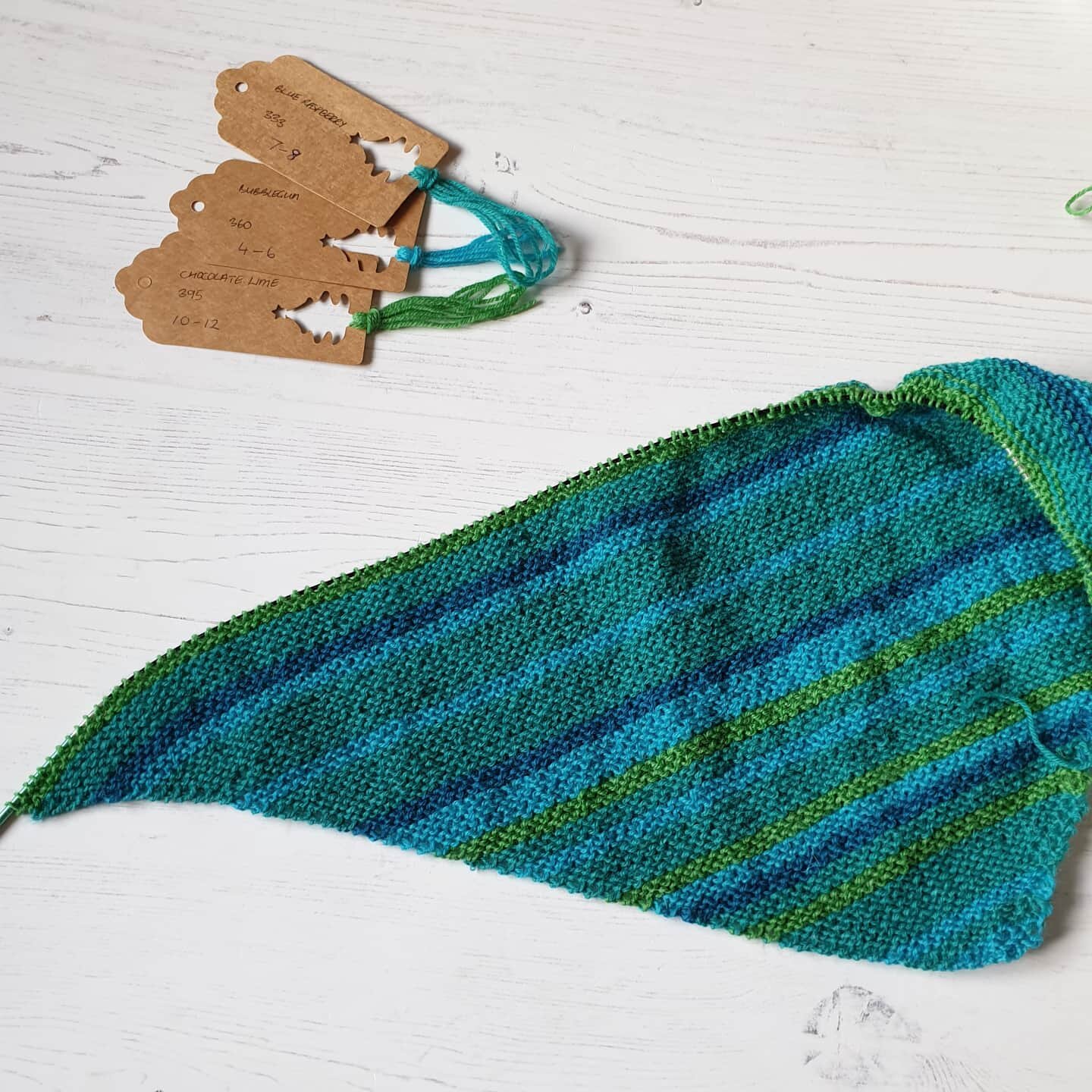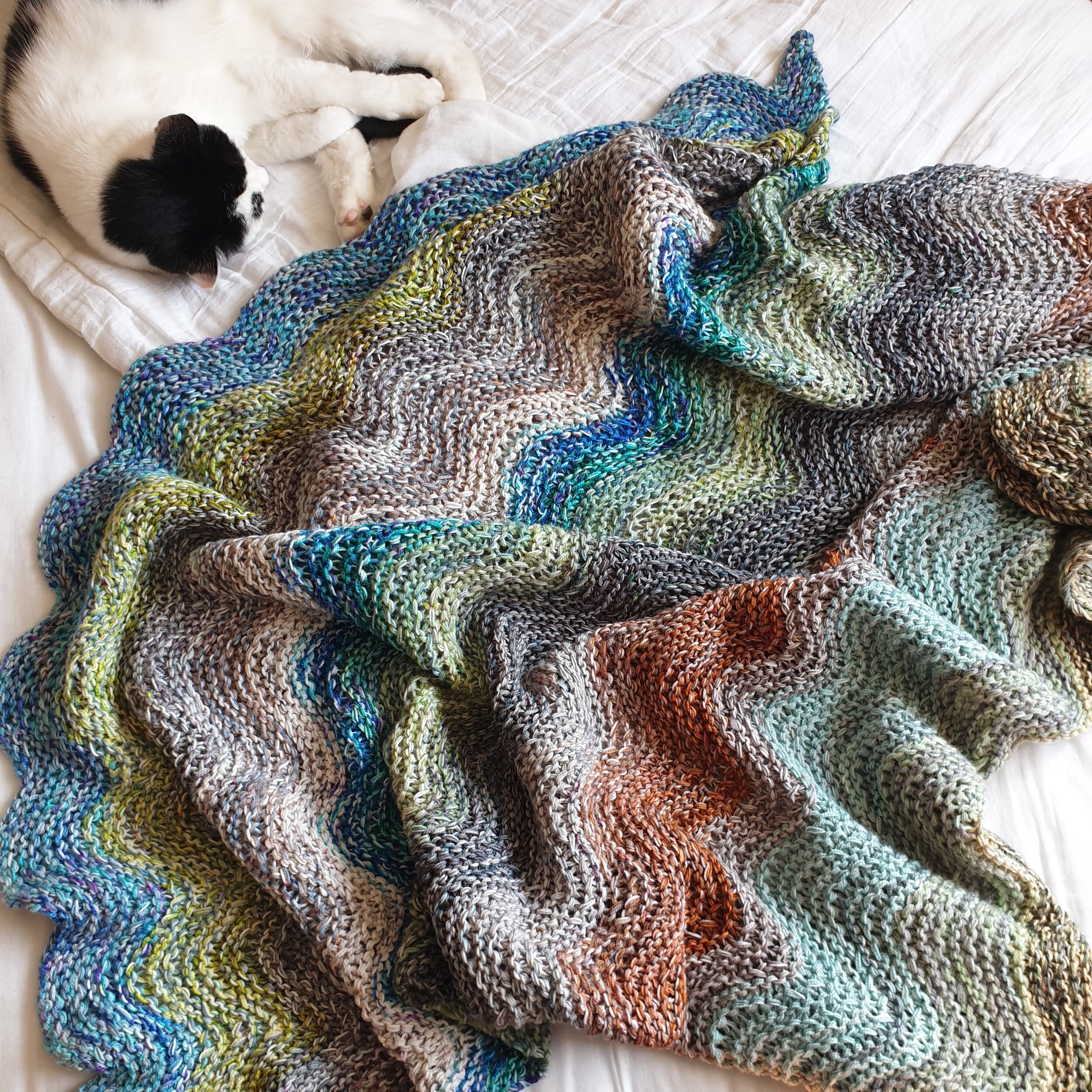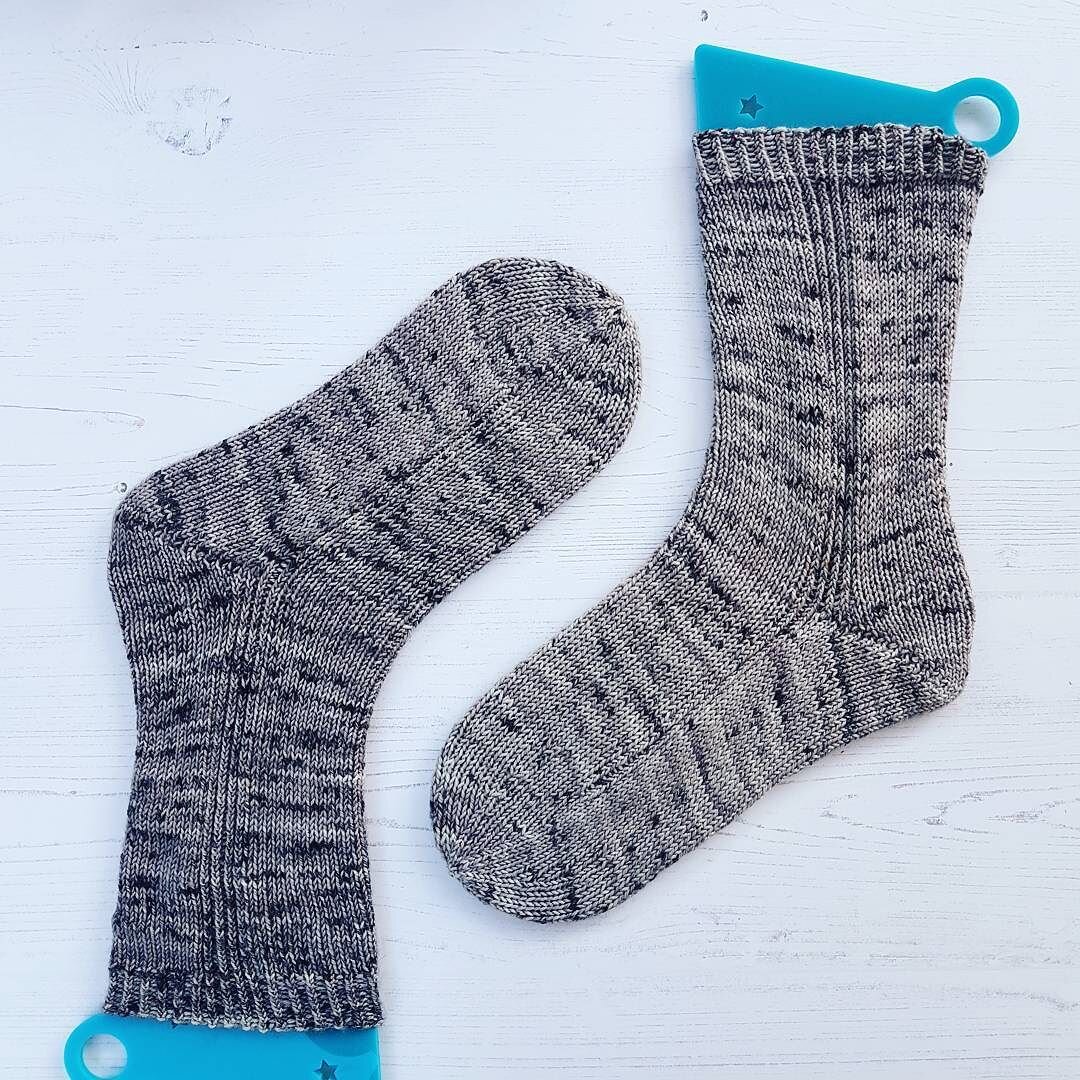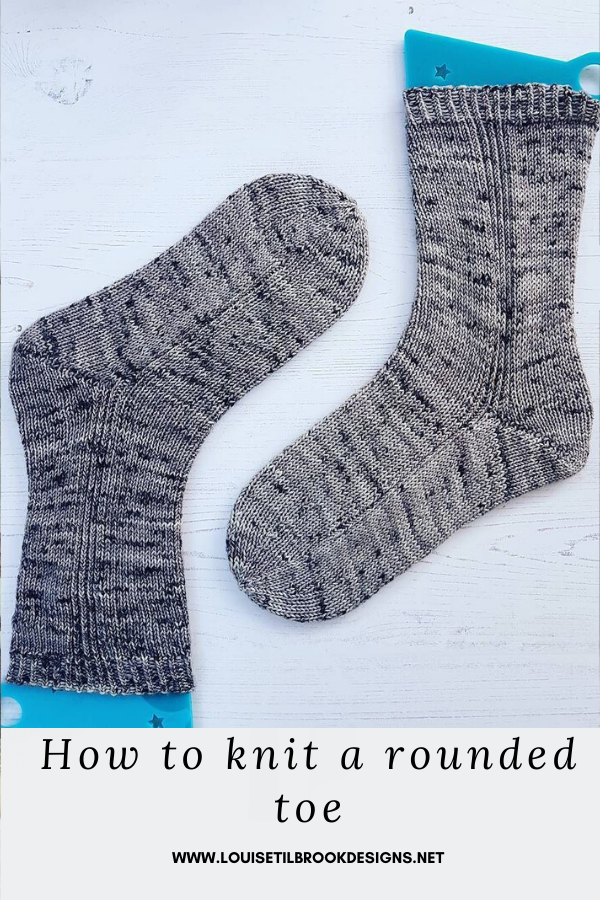It’s a few days late but I promised you an monthly update on the corner to corner knitted temperature blanket and so, here we are.
I have to say that I’m really enjoying it so far, but of course it is early days with nice short rows and it is manageable as a lunchtime/portable knitting project. I quite enjoy my lunchtime routine of checking the noon temperature and then adding my 4 rows of garter stitch for the day.
I’ll probably feel differently in June when I’m trapped under a huge woolly monster.
With the issue of portability in mind I did give some thought to creating 4 corner to corner squares - ie increasing to day 45, then decreasing to create 1 square at the end of March. The idea of more portable squares is an attractive one I have to admit. But for me, some of the aesthetic joy of these blankets is the continuation of gradient as you move through the year. Breaking it up into squares can be really stunning, visually but it’s not really the look I’m aiming for.
So, I think I’ll have to resign myself to some stay-at-home knitting for those summer months. Perhaps with a cunningly placed lap tray to keep the thing off my knees.







